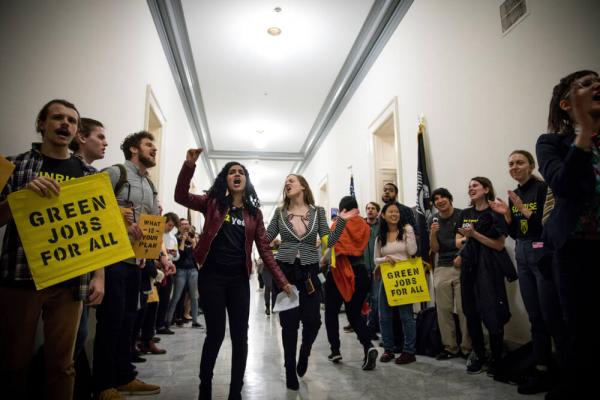Dec 3, 2018
A recent U.S. climate assessment made headlines last week for its conclusion that the victims of climate change are no longer some future generation, but us — and we’re feeling the effects now.
Read the Full Article

Already a subscriber? Login
